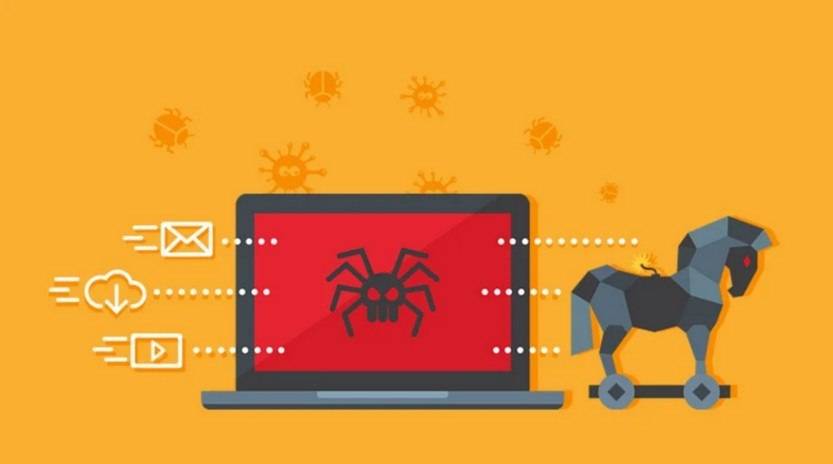Scams have become increasingly prevalent in the digital age, with cybercriminals constantly devising new methods to deceive unsuspecting individuals. One such scam that has gained traction in recent years is the ‘Review Of Your Last Subscription’ Apple ID phishing scam. This article aims to provide a comprehensive review of this scam, including what it is, how it works, what to do if you have fallen victim, and other relevant data.

What is the ‘Review Of Your Last Subscription’ Apple ID phishing scam?
The ‘Review Of Your Last Subscription’ Apple ID phishing scam is a fraudulent scheme that aims to trick Apple users into revealing their personal information, such as their Apple ID credentials, credit card details, and other sensitive data. The scam typically begins with an email or text message that appears to be from Apple, informing the recipient that their last subscription payment could not be processed and that they need to review their account information to avoid service interruption.
How does the scam work?
The scam works by exploiting the trust and urgency associated with Apple’s brand. Cybercriminals craft convincing emails or text messages that mimic Apple’s official communication, using logos, fonts, and language that closely resemble those used by the company. These messages often contain a link that directs the recipient to a fake website designed to look like Apple’s login page.
Once the victim clicks on the link and enters their Apple ID credentials on the fake website, the scammers gain access to their account. This allows them to steal personal information, make unauthorized purchases, or even sell the compromised account on the dark web.
Example:
Subject: Review Of Your Last Subscription
Dear Apple User,
We regret to inform you that your last subscription payment could not be processed. To avoid any interruption in your services, please review your account information by clicking on the link below:
Thank you for your prompt attention to this matter.
Apple Support Team
What to do if you have fallen victim?
If you have fallen victim to the ‘Review Of Your Last Subscription’ Apple ID phishing scam, it is crucial to take immediate action to minimize the potential damage:
- Change your Apple ID password: Go to the official Apple website and change your password immediately. This will prevent the scammers from accessing your account further.
- Enable two-factor authentication: Set up two-factor authentication for your Apple ID to add an extra layer of security. This will require you to enter a verification code sent to your trusted device whenever you log in.
- Contact Apple Support: Report the incident to Apple Support and provide them with any relevant information, such as the email or text message you received.
- Monitor your accounts: Regularly check your bank and credit card statements for any unauthorized transactions. If you notice any suspicious activity, contact your financial institution immediately.
- Scan your device for malware: Run a scan with Malwarebytes Free or another reputable antivirus software to ensure your device is not infected with malware.
Other relevant data
According to a report by the Federal Trade Commission (FTC), phishing scams like the ‘Review Of Your Last Subscription’ Apple ID scam have cost consumers millions of dollars in losses. The FTC advises individuals to be cautious when clicking on links or providing personal information online, especially when it comes to sensitive data such as login credentials and financial details.
It is important to note that Apple will never ask for personal information, such as passwords or credit card numbers, via email or text message. Legitimate communication from Apple can be verified by logging into your Apple ID account directly or contacting Apple Support through official channels.
Summary
The ‘Review Of Your Last Subscription’ Apple ID phishing scam is a deceptive scheme that preys on Apple users’ trust and urgency. By mimicking Apple’s official communication, cybercriminals trick individuals into revealing their personal information, which can lead to unauthorized access, financial loss, and other detrimental consequences.
To protect yourself from falling victim to this scam, it is crucial to remain vigilant and skeptical of unsolicited emails or text messages. Always verify the authenticity of any communication claiming to be from Apple and never provide personal information through unsecured channels. By following these precautions and promptly reporting any suspicious activity, you can safeguard your personal information and mitigate the risks associated with phishing scams.










